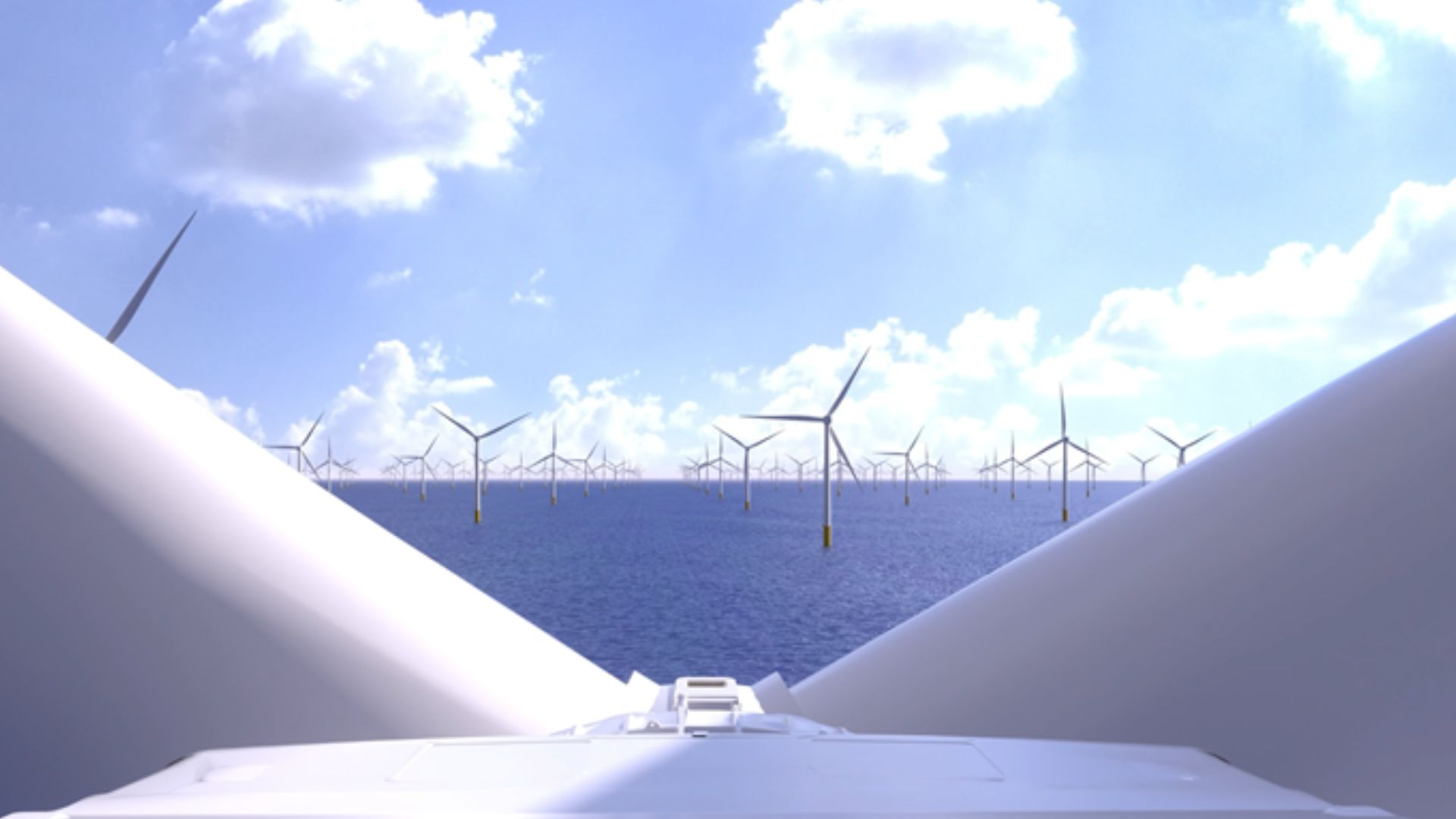The Dogger Bank Wind Farm, the world’s largest offshore wind farm with a capacity of 3.6 GW, is set to be expanded after developers SSE and Equinor submitted a scoping report for phase D of the project. The latest move could see more than two GW of capacity added to the project, according to a press release.
As countries around the world look for cleaner methods to meet their energy demands, renewable energy sources such as wind and solar energy are being aggressively adopted. For Britain, which has land and sunshine limitations, offshore wind projects are easier to implement.
By taking its wind farms offshore, the region can also benefit from the North Sea’s strong winds, which led to the Dogger Bank Wind Farm being given permission in 2015. While the project is still under construction in three phases, developers are seeking permits for a fourth phase that could further increase energy production capacity.
How big is the Dogger Bank Project?
The Dogger Bank Project, located up to 200km off the Yorkshire coast, is a group of offshore wind farms in the North Sea. The project is being built in phases of 1.2 GW each.
The project is powered by GE’s Halide series of wind turbines, which have a maximum power of 14.7 MW. As many as 277 turbines are expected in the first three phases of the project, leading to a combined power generation capacity of 3.6 GW. At its peak, the project will be able to meet the energy needs of six million households in the UK.
The project first started producing electricity in October last year. However, the timeline for completing the three phases extends to 2025.
Dogger Bank D is getting into shape
While construction activities for the previous phases of the Dogger Bank project continue, the developers, SSE Renewables and Equinor, have begun the process for Phase D. Construction of wind turbines in this phase would extend the Dogger Bank project up to 130 miles (210 km) offshore.
Under the Transitional Centralised Strategic Network Plan released by the UK’s National Grid ESO, the Dogger Bank D project will connect to the proposed Birkhill Wood substation in the East Riding of Yorkshire, a press release said.
The developers have applied for permission for construction from The Crown Estate, the management authority for seabeds around England, Wales and Northern Ireland. If granted, Dogger Bank Phase D will have a capacity of two GW upon completion, adding further capacity to the world’s largest offshore wind farm.
Due to its capacity to generate electricity, Dogger Bank Phase D is classified as a Nationally Significant Infrastructure Project (NSIP) and will require an Environmental Impact Assessment (EIA) before it can commence.
An exploratory report, carried out by the developers, initiates the process for the EIA.
“The Scoping Report is a significant milestone for Dogger Bank D and is an important part of the offshore wind farm development. The report outlines the scope of the project proposals and identifies key environmental factors,” said Rob Cussons, Project Director for Dogger Bank D at SSE Renewables, in a press release.
“We look forward to receiving exploratory advice from the Planning Inspectorate and input from consultants who will help inform our development proposals,” Cussons added.
ABOUT THE EDITORS
Ameya Paleja Ameya is a science writer based in Hyderabad, India. A molecular biologist through and through, he traded in the micropipette to write about science during the pandemic and doesn’t want to go back. He enjoys writing about genetics, microbes, technology and public policy.
